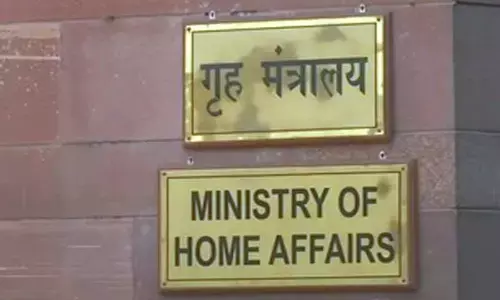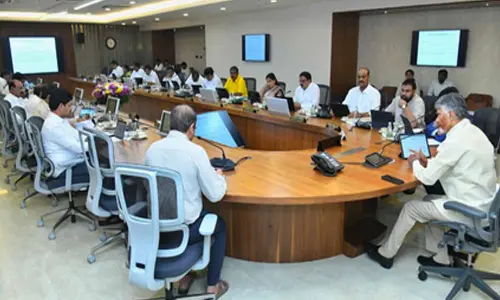Ensure greater role for women in border trade

India shares a land border of over 15,000 km with seven countries – Afghanistan, Pakistan, Nepal, China, Bhutan, Myanmar and Bangladesh – and the land ports operate as key gateways for trade with neighbouring countries. However, the impediments faced by women at the land borders are a major reason for the low level of female participation in regional trade. Gender mainstreaming is important as policy actions tend to be ‘gender neutral’ or ‘gender blind’ and overlook the differences in the impact on men and women.
A recent report of the ICRIER (Indian Council for Research on International Economic Relations) throws much light on the issue while suggesting ways and means of improving the lot of women in this matter. This study is one of the first attempts in India to develop a comprehensive template for a gender lens assessment of hard and soft infrastructure at land ports, as a crucial input into incorporating a gender mainstreaming strategy in trade facilitation measures at the land ports. As it says “the study provides an evidence-based, gender-lens analysis of both hard and soft infrastructure gaps and safety related challenges that combine with existing socio-cultural barriers to constrain women and perpetuate a challenging environment for them at the land ports in India.” In tandem, the report recommends targeted gender mainstreaming actions to make the land port environment and operations gender responsive.
To facilitate the participation of women in international trade by making the land port environment and operations more gender responsive and friendly, the study presents an Action Plan for Gender Mainstreaming at India’s Land Ports. With focus on seven key areas – information, infrastructure, digitisation, facilitation, staffing, outreach, and capacity building – the action plan lists the enabling measures needed both at the land ports as well as the overall ecosystem to increase women’s participation in international trade. Trade can be a powerful tool for economic growth and poverty reduction but there is a need to ensure that it is inclusive and that women participate and benefit from it to the same extent as men. However, the extent of women’s participation in India’s trade with neighbouring countries is extremely low.
Although no gender disaggregated official data is available, anecdotal evidence suggests that far fewer women entrepreneurs trade with neighbouring countries as compared to the rest of the world. Land ports are important conduits for India’s burgeoning regional trade. However, impediments faced by women at the land borders are a major reason for the low level of female participation in regional trade within South Asia. All that the government needs to provide in these ports for allowing women to trade their goods is: good roads, amenities at the ports, transport facilities and digitisation process at all levels. The very brokering system is skewed gender wise.
Ordinarily we don’t even understand how much business could be done by the women at these ports. The exports may not be huge but it would sustain thousands of families in the process. Hope the government wakes up to reality. Border business does not mean only industrial goods. It also includes household items, food and beverages, products of local artisans of the State and other local produce. The immediate neighbour may be a citizen of a different country, but his daily preferences are the same as across the border.
Woman injured in stabbing attack in Tokyo, suspect at large
Bengal cop booked for murder over mysterious death of woman home guard, SIT to probe case
Staffer recalls horror of 7-kg gold robbery by armed gang in Karnataka’s Hunsur
25-Year-Old Airline Cabin Crew Member Dies At Gurugram Party; Police Begin Investigation















